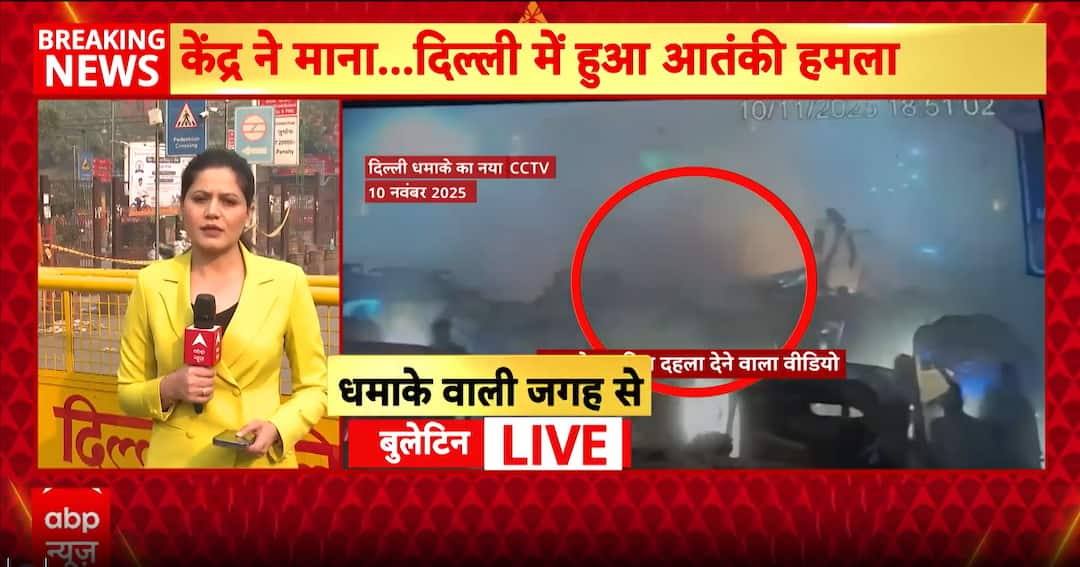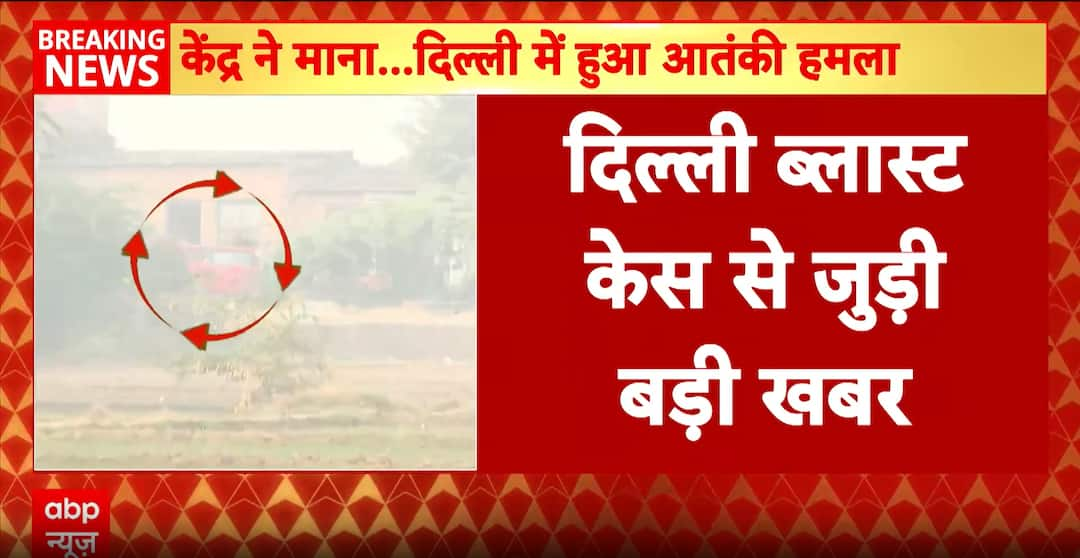The central government has formally declared the Delhi Red Fort explosion a terrorist attack, triggering intensified multi-agency operations and placing the National Investigation Agency (NIA) at the centre of the probe. With new arrests and seizures across states, investigators are racing to map the full network and source of the explosives. The declaration has also sharpened scrutiny on state-level performance: critics and families are asking why the cell was not disrupted earlier and whether timely intelligence-sharing could have prevented the atrocity. Sources flag troubling gaps, large quantities of ammonium nitrate were seized in Faridabad weeks earlier, CCTV trails and travel logs showed suspect movements across Haryana and Delhi, and multiple warning signs reportedly existed. Questions now target local policing decisions, alleged lapses in alerting national agencies, and whether routine public posturing by officials overshadowed proper operational follow-up. Observers note that coordination between state police, the Intelligence Bureau and central counter-terror units is vital; any delay in escalating actionable leads may have been costly. Authorities say formal inquiries and internal reviews will follow, while investigators emphasize technical forensics, DNA, call data and encrypted-app traces to build court-ready cases. Public anger and demands for accountability are mounting even as security forces pledge tightened protocols to prevent further attacks.


